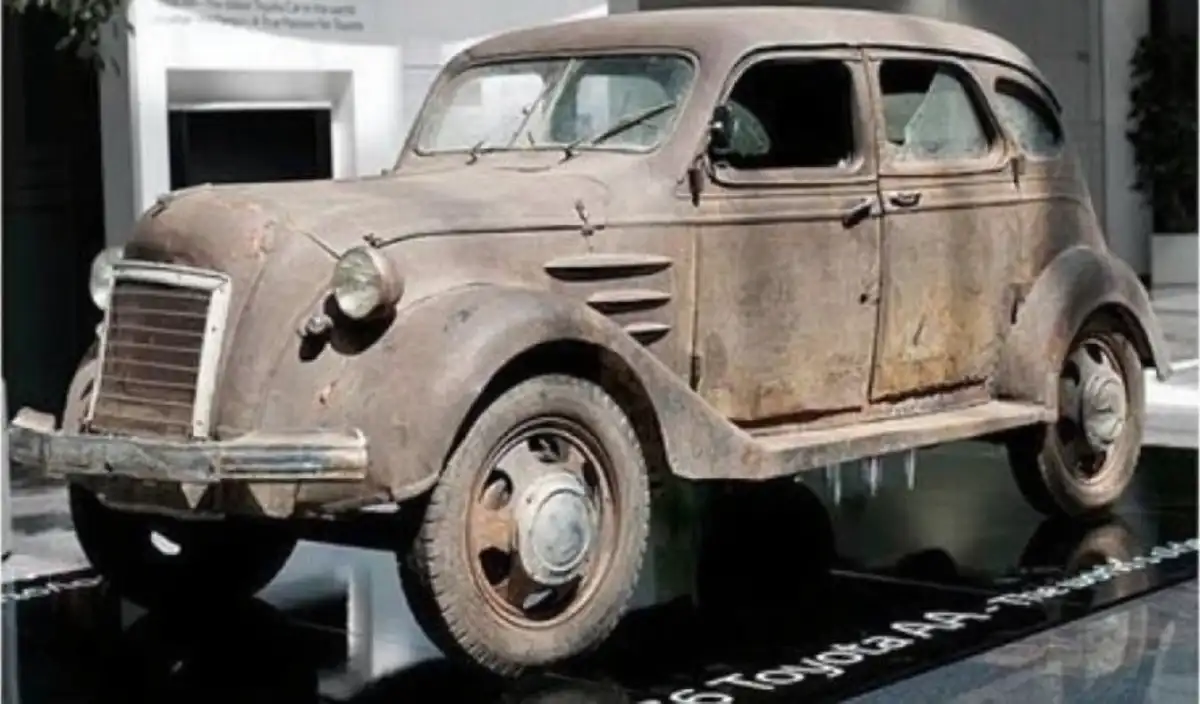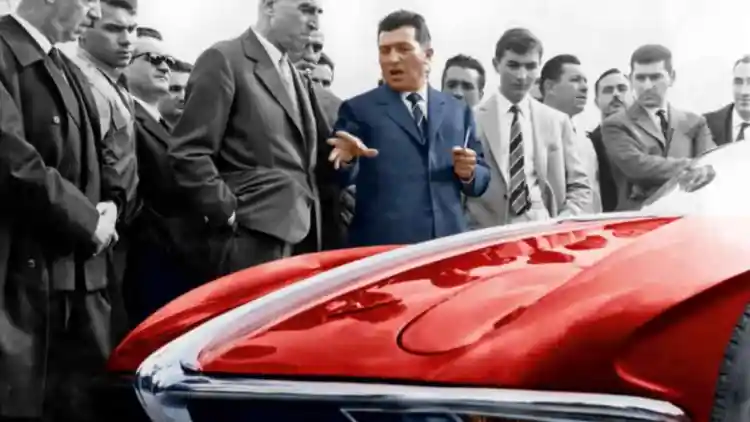- Key Highlights
- Table: Specifications—First Car in Saudi Arabia vs. Today’s Cars
- The Historical Journey
- Events and Anecdotes
- The Car’s Impact on Saudi Society
- Anecdotes: Living Memory
At the dawn of the twentieth century, cars were an international symbol of progress and innovation. When the first car crossed into Saudi Arabia, it was a pivotal event—a story where moving steel became legend on the sands of Arabia. What was the story behind the vehicle that forever changed the lifestyle of Saudis? Where did it come from, how was it received by locals, and what impact did it leave in daily life?

Key Highlights
The first car to enter Saudi Arabia was a 1915 Mercedes, with a massive 9.85-liter engine.
The car arrived in Hail as a gift from the Ottoman Sultan to Emir Saud bin Rashid, via the Najd embassy in Istanbul.
Its arrival stirred awe and anxiety, with locals calling it a strange moving mass of metal.
The car ran out of fuel before reaching the city and was towed by chains into Hail.
The vehicle was soon seen as a symbol of modernity and wealth, setting a new standard for transport in the region.
Table: Specifications—First Car in Saudi Arabia vs. Today’s Cars

The Historical Journey
In 1915, along the deserts of Hail and at a time of limited transportation, the first car arrived in Saudi Arabia—a legendary Mercedes "38/100." Gifted from the Ottoman Sultan to Emir Saud bin Rashid, it marked the first entry in the region’s automotive chronicles, as recorded in historian Fahd al-Mark’s book "Glimpses of Intellectual Development in Arabia."
With its extraordinary 9.85-liter engine delivering 100 hp, the car stood out in an age when trains were rare and horses ruled the roads. Weighing just over 1.5 tons and seating four, its design was striking—sporting a long wheelbase and robust build for desert journeys.
Events and Anecdotes
One remarkable incident during the car’s journey was running out of fuel en route to Hail—there were no modern gas stations in the region! The caravan resorted to towing it with chains, dragging the vehicle into town so locals could witness the marvel. Upon arrival, people described it as a "mysterious iron mass," startled by the sound of its engine and the commotion of its movement.
Soon, the car became a symbol of affluence and progress. Parking one’s car in front of the house was a source of great pride and social status, decades before mass adoption and the boom of the Kingdom’s oil industry.
The Car’s Impact on Saudi Society
The car’s entry marked a major turning point for modernization in Saudi Arabia. The Kingdom began embracing modern transportation, gradually integrating cars into daily life. The accelerated growth led to the construction of roads connecting cities, and cars became central in royal, commercial, and tourism activities.
The automotive boom continued, establishing the first car markets in the country. Today, Saudi Arabia is one of the largest auto markets in the region, with global brands competing for a stake in this vibrant sector.
Anecdotes: Living Memory
Eyewitnesses remember crowds forming around the car, staring in awe and speculating about how it moved. Some tried lifting or touching its metal to understand, while children fled at the roar of its engine. These tales linger in Saudi folklore—passed down in families whenever a luxury car parades through the old neighborhoods.
The first car in Saudi Arabia opened the doors to progress, changing transportation and lifestyle in a flash. That "iron mass" marked the start of the Saudi automotive journey—making the Kingdom today's hub for modern vehicles and expressways, shaped by industrial and social advancement.













